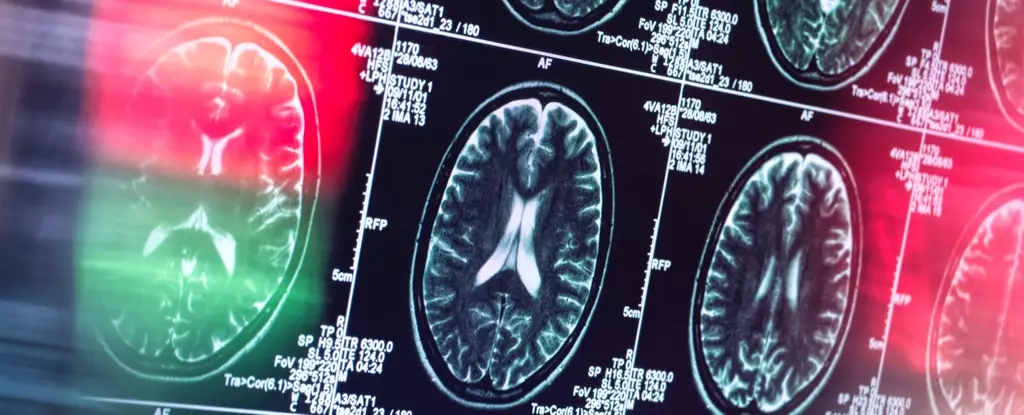For decades, Alzheimer’s disease research has been dominated by a singular vision: targeting beta-amyloid, a protein long considered the primary culprit behind this devastating neurodegenerative disorder. This focus has fostered a fixated “amyloid hypothesis” that guided drug development, most notably the recent approval of aducanumab by the FDA. However, this drug’s controversial endorsement—in spite of incomplete and conflicting evidence—exemplifies the growing tension and complexity in the battle against Alzheimer’s. The foundational research on beta-amyloid itself faces scrutiny, with allegations that key studies may have been based on fabricated data. This controversy is symptomatic of a deeper crisis: a research community entrenched in a paradigm that may no longer serve patients’ needs effectively.
Reconceptualizing Alzheimer’s: A Disorder Beyond Plaques
The stubborn failure to produce effective, disease-modifying treatments indicates that the beta-amyloid-centered framework might be an intellectual dead-end. Rethinking Alzheimer’s demands more than simply refining this model; it requires an audacious shift away from viewing the disease purely as an abnormal protein aggregation crisis towards embracing it as a complex immune-mediated disorder. Groundbreaking work coming out of institutions like the Krembil Brain Institute highlights this paradigm shift by framing Alzheimer’s as an autoimmune-like condition within the brain’s immune system.
The Brain’s Immune System Under Scrutiny
Traditionally, the brain has been viewed as an immunoprivileged organ, somewhat insulated from immune attacks that characterize other tissues. However, emerging evidence dismantles this notion, revealing a dynamic brain immune environment tasked with protecting and repairing neural tissue. Beta-amyloid, long vilified as a pathological byproduct, may in fact function as part of this immune arsenal—mobilized in response to injuries or infections within the brain. Unfortunately, this defense can backfire: due to molecular mimicry, beta-amyloid cannot distinguish between invading pathogens and the brain’s own cells, triggering a misdirected immune assault that progressively damages neurons.
Implications of an Autoimmune Model
If Alzheimer’s fundamentally stems from such an autoimmune process, it reorients therapeutic strategies away from simply dissolving amyloid plaques and towards carefully modulating the brain’s immune responses. Unlike systemic autoimmune diseases like rheumatoid arthritis, conventional immunosuppressive therapies may prove ineffective or even harmful, given the brain’s intricate and delicate environment. This recognition compels researchers to investigate novel immune regulatory pathways unique to the brain, seeking targeted interventions that mitigate immune overactivation without compromising essential neuroprotection.
Expanding Horizons: Diverse Theories Invigorate Research
Fortunately, the scientific community is beginning to explore alternative hypotheses revitalizing Alzheimer’s research beyond the amyloid dogma. Mitochondrial dysfunction theories propose that impaired cellular energy metabolism critically influences memory and cognition decline. Infectious agents, particularly bacteria originating from the oral cavity, are also under investigation as potential triggers that initiate or exacerbate neuroinflammation. Moreover, disturbances in brain metal homeostasis—imbalances in elements like zinc, copper, and iron—have garnered attention for their possible role in neuronal damage. This diversity of perspectives exemplifies an overdue intellectual broadening essential for breakthroughs.
The Human and Societal Imperative for Fresh Thinking
Alzheimer’s affects more than 50 million people worldwide—a figure projected to grow exponentially. Beyond the heartbreaking personal losses—memories fading, identities eroding—the disease poses an enormous strain on healthcare systems and economies globally. The urgency of this crisis demands innovative scientific thinking that transcends entrenched assumptions. Embracing an immune-centered model, while simultaneously integrating other burgeoning theories, offers a promising avenue to develop effective therapies and supportive measures.
This transition, however, requires courage from the research and medical communities to acknowledge past limitations and invest in diversified investigative pathways. The complexity of Alzheimer’s biology defies oversimplified narratives; our approach must be equally nuanced, blending immunology, microbiology, neurobiology, and metabolic science. Only by fostering cross-disciplinary collaboration and resisting the allure of easy answers can the relentless march of Alzheimer’s be challenged in a meaningful way. The future of millions hinges on bold, innovative strategies that redefine the disease and revolutionize its treatment.

